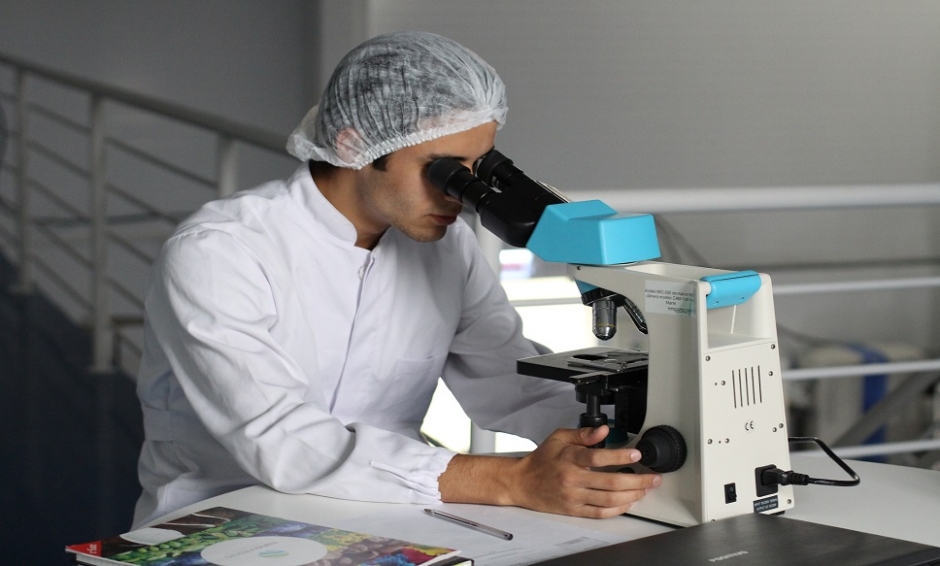HUMAN skin has been successfully synthesised using a three-dimensional (3D) bioprinter. Researchers at the Universidad Carlos III de Madrid, Madrid, Spain, have developed an innovative new bioprinting method which could revolutionise tissue grafting, organ transplantation, pharmaceutical drug development, and cosmetic testing.
Previously, scientists successfully demonstrated the effective generation of plasma-based bilayered human skin which was used to treat many patients’ burns and open wounds. However, a significant drawback to this existing manual technique is the time it takes to produce enough tissue required to carry out each surgical procedure. In comparison, the novel skin printing technology can generate large expanses of tissue in a significantly reduced timeframe, with an area of 100 cm2 taking just 35 minutes to develop, which includes the required time for fibrin gelation.
Instead of traditional inks, ‘bio-inks’ containing human plasma and specific human cells are deposited onto a print bed. The process occurs in two stages: initially the epidermis including the keratinised outer layer known as the stratum corneum is formed. Then the dense dermal layer is printed in succession, comprising fibroblasts, responsible for the synthesis of collagen, the substance accounting for the skin’s elasticity. Unlike other systems that require the use of animal components, this method exclusively utilises human biological material.
Along with tissue transplantation into immunodeficient mice, in vivo testing was carried out enabling long-term analysis. The researchers explained: “In both cases, the generated skin was very similar to human skin and, furthermore, it was indistinguishable from bilayered dermo-epidermal equivalents, handmade in our laboratories.”
Researcher Dr Juan Francisco del Cañizo López, Hospital General Universitario Gregorio Marañón, Universidad Complutense de Madrid, Madrid, Spain, explained: “Knowing how to mix the biological components, in what conditions to work with them so that the cells don’t deteriorate, and how to correctly deposit the product is critical to the system.”
The 3D bioprinter has been submitted to various European regulatory authorities, as approval is required to demonstrate that the quality, safety, and efficacy of the bioengineered skin for use in patients. Regenerative medicine presents as just one of the more complex potential applications of 3D printing. Future activity will be focussed on evolving the technology to generate a broader portfolio of tissues.
(Image: freeimages.com)








